Many people say, “Japan is so clean, you can’t find any trash on the road.” Do you want to know the secret? Of course, it’s important for the country’s garbage collection system. It’s really helpful to keep our daily lives clean and comfortable, thanks to diligent sanitation staff. Actually there is more to the secret than just the system, I’d say. Today, I’m sharing my thoughts about the cleanliness in Japan. Let’s go!
The Reality of Sorting Garbage
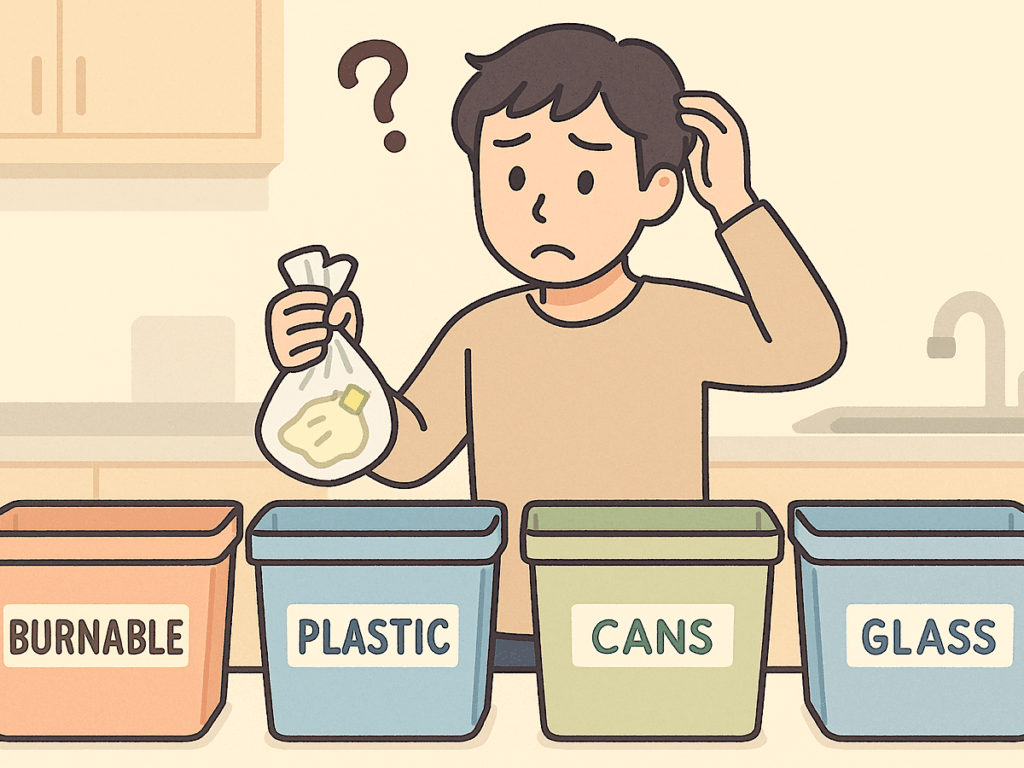
Most Japanese people are really crazy about handling the garbage. Even for me, I’m surprised how intricate and complicated it is. I think we should incorporate how to sort the garbage into our university studies. Whenever you move to another place, the sorting rules may change, and you have to learn from scratch. It bugs me. Sometimes my wife and I fight over which garbage is for recycling or burnable trash.
Common Things in Dealing with Garbage
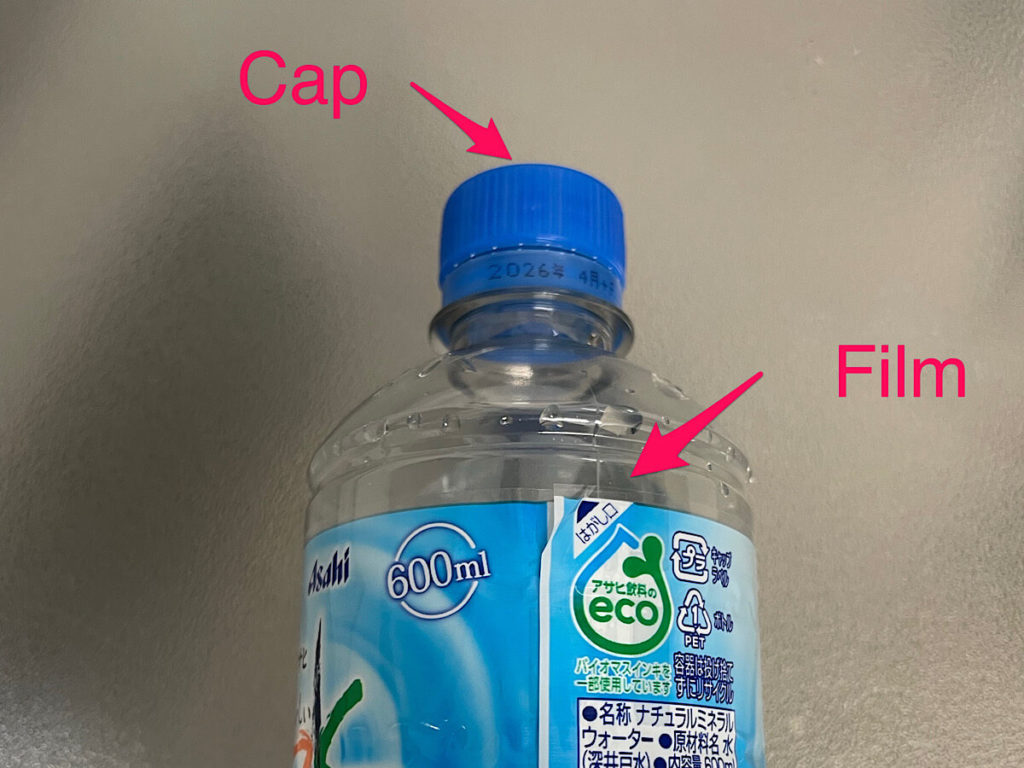
I’m going to share that there are common things that people think about the garbage. First of all, when you sort PET bottles, you have to peel off a plastic label and get rid of a cap out of the bottle. Plus, you have to wash it out as clean so it becomes perfectly transparent. It seems like a hassle, but you feel better when you peel off the film quickly. Second, I wonder if I should separate the garbage into burnables or not. It happens a lot. This is because, technically speaking, most things, even plastics, are burnable with the high temperature of the flame at a garbage incineration plant. You might think you can throw all stuff into burnable garbage, right? However, I want to make a difference in our environment by sorting garbage and recycling. Other than that, remember that the deadline is really important. It depends on your area. Garbage trucks won’t wait for you. You might feel it is the end of the world when you are left by the truck. You’ll have to wait until next week.
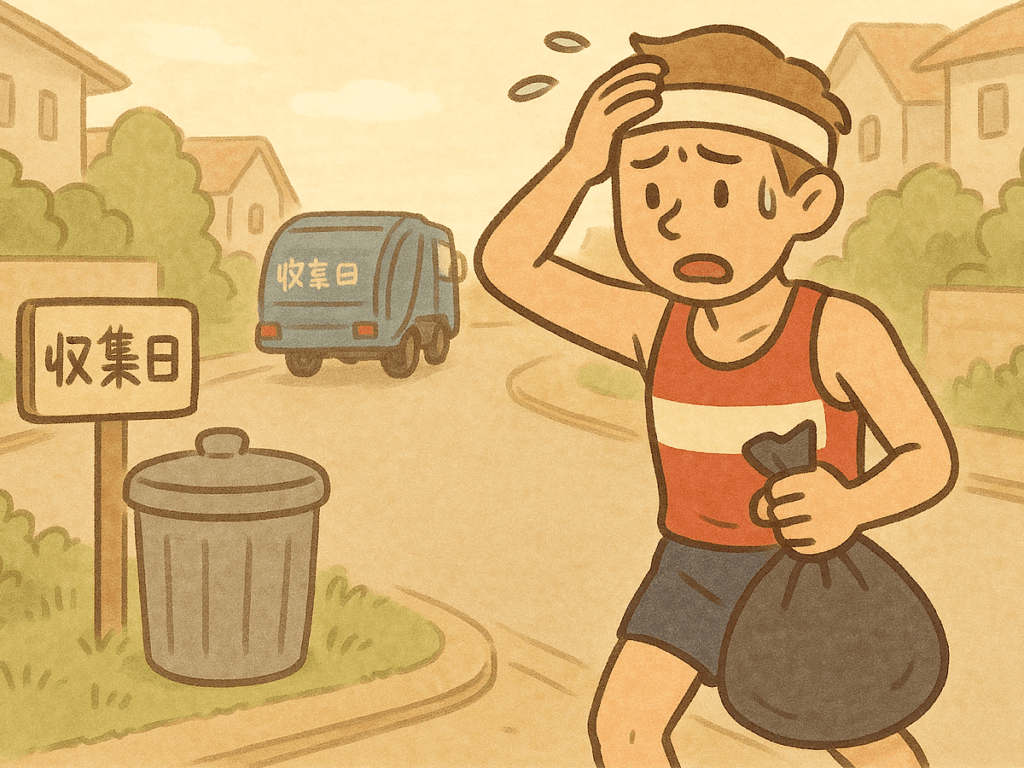
How to Sort the Garbage
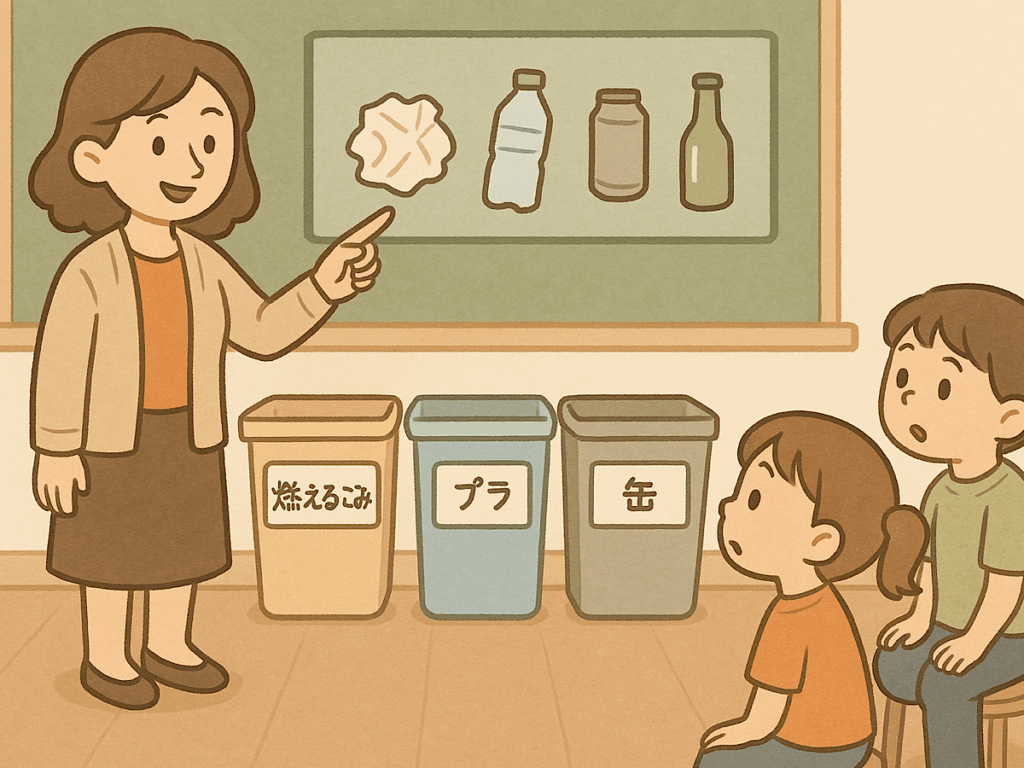
In general, there are the three types of garbage you see below. Oh, here’s a little Japanese lesson. Garbage is said as ゴミ (gomi) in Japanese.
- 燃えるゴミ (Burnable garbage)
- 燃えないゴミ (Non-burnable garbage)
- 資源ゴミ (Recycable garbage)
If you’re just traveling, you just need to know burnable garbage and plastic, cans, bottles, and PET-bottles. However, if you are staying a bit longer, it might be a good idea to know about sorting garbage. It depends on your area which day and what kind of garbage trucks come. You can check on the internet about your area. Let’s break down these three types of garbage.
- 燃えるゴミ(Burnable Garbage)
It means paper, food waste, and other small things including plastic. The size will be regulated by your area. For example, if you throw your snowboard at the collection point, nobody will pick it up. Technically, it might be burnable with high temperature flame at a garbage incineration plant, but it would be considered 粗大ゴミ (bulky garbage), so you have to book a reservation for collecting it in advance. Also you need to buy a ticket for it. Burnable garbage also includes dirty plastics such as fryer bottles and plastic film stuck with food waste.
- 燃えないゴミ (Non-burnable garbage)
If an item is larger than 30cm, it is not considered burnable garbage—even if it normally would be. This would include, for example, stuff like ski boots, umbrellas, chinaware, small devices, etc.
- 資源ゴミ (Recycable garbage)

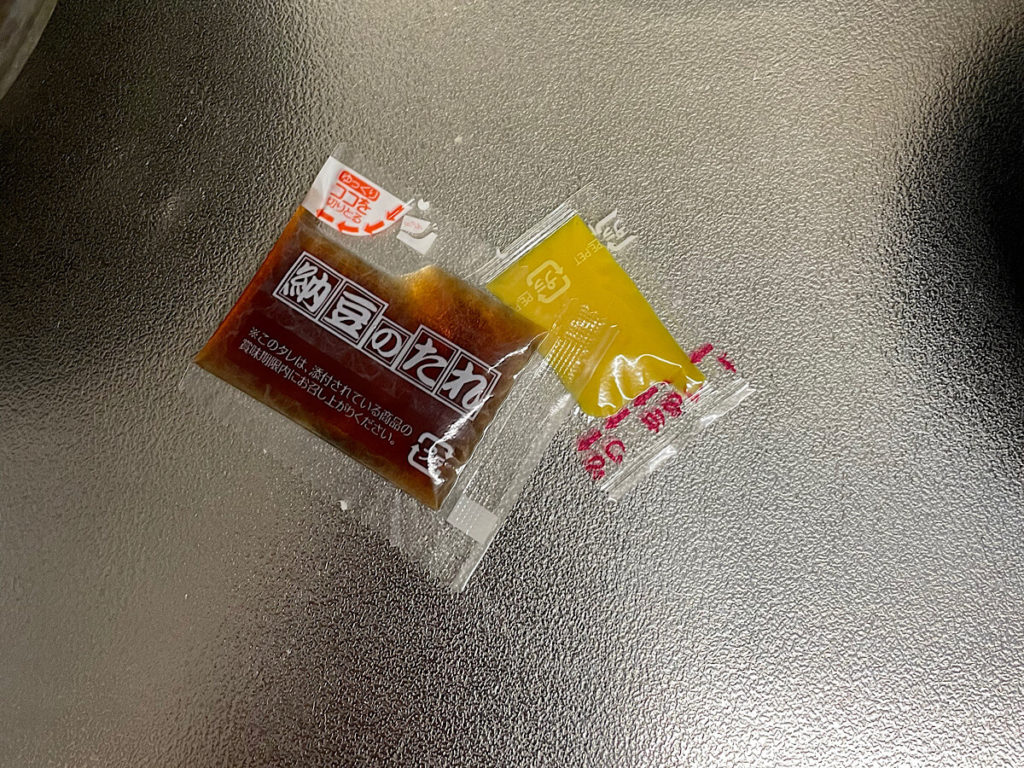
PET-bottles, glass bottles, cans, and plastics with a pla-mark can be recycled. Before throwing them away, you need to wash them as clean as much as you can. For magazines and papers, you bundle them with a rope. These are separated by the specific container or bag when you dispose of them.
Why Do People Take That Seriously?
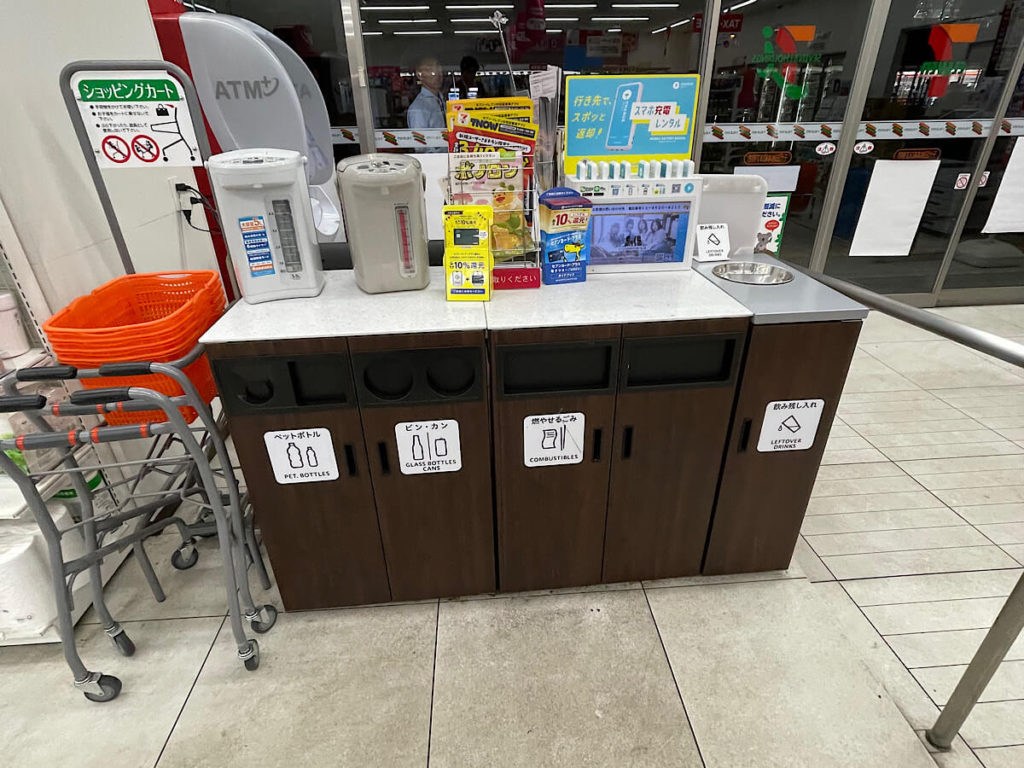
You might wonder why Japanese people do these things that cause such a hassle. From my point of view, we really worry about how other people see us. If everyone does it the right way, then I have to do that in the same way. It’s a bit scary, but I feel like other people might be watching me to see if I’m doing it correctly. It’s a kind of peer pressure. This mindset is really common among us. That being said, people might want to contribute to our environment to be better.
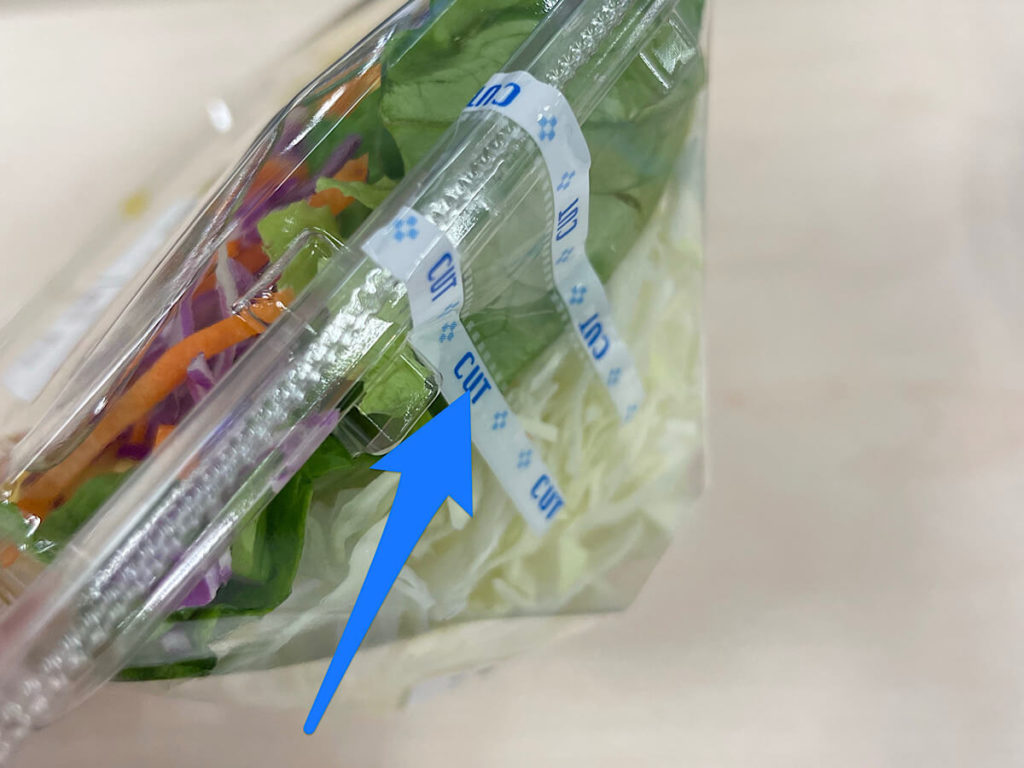
To conclude, this is the secret of the cleanliness of Japan, although it is a hassle. How was that? Thank you for taking time to read my article to the end. You might want to become a master of garbage. If you become a master, you might get a lot of fulfillment. Last but not least, I really appreciate our garbage collection system and hardworking staff every day. See you soon!
I worked at a trading company for many years. I live in Tokyo with my wife. Love skiing, traveling, IPAs, wine , X-treme sports, fashion, and learning English and Chinese.

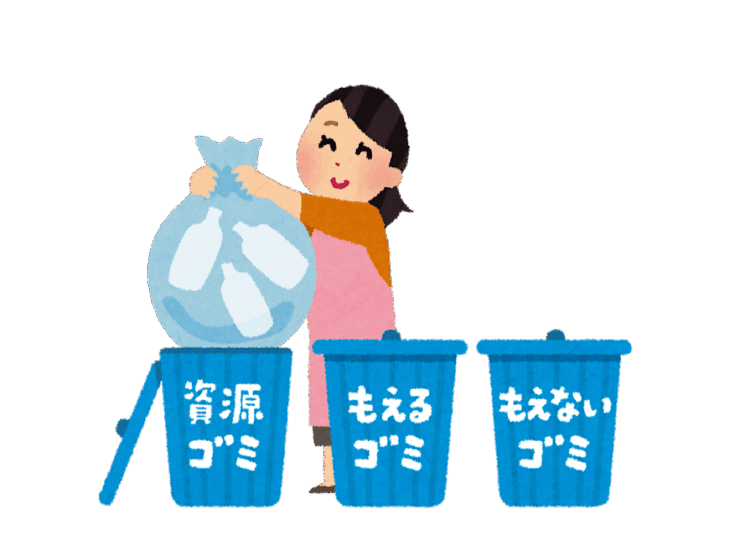



 HTJ has a YouTube page! Check it out
HTJ has a YouTube page! Check it out
Hi Kazu-san! Thanks always for your fun articles!
I’ve already gotten used to sorting garbage despite finding it a hassle and annoying, but reading about its complexity in your article somehow made me laugh a lot!
There are lots of exams like Eiken, TOEIC, and JLPT, but we definitely need a Garbage Sorting Certification too!
Thanks for your taking time to read my article. You’ve already had GSC! You made my day.
Hi Akiko san, thanks for taking time to read my article! We’re proud of getting used to this habit:)
Hi Kazu!
Thank you for writing this informative article. I’m staying with my mother-in-law in Nishikasai, and she sorts everything by the book! The rules here are very clear, and she helps me sort and recycle the various trash. She even encourages me to put “nama” gomi (organic matter, food waste) in a separate bucket. I’m glad to see this because I compost everything at home, and it makes incredible fertilizer. I have tomatoes, cucumbers, and sunflowers that started as seedlings from my compost!
Warm regards,
Manning
Hi Manning! Oh, you’re staying there. It is very close my area, Edogawaku. Yeah, my father in law does compost in Kyusyu. How wonderful the nature is! Unfortunately it’s difficult to hope compost in Tokyo because somebody might complain about the smell:)
Thanks for taking time to read my article!